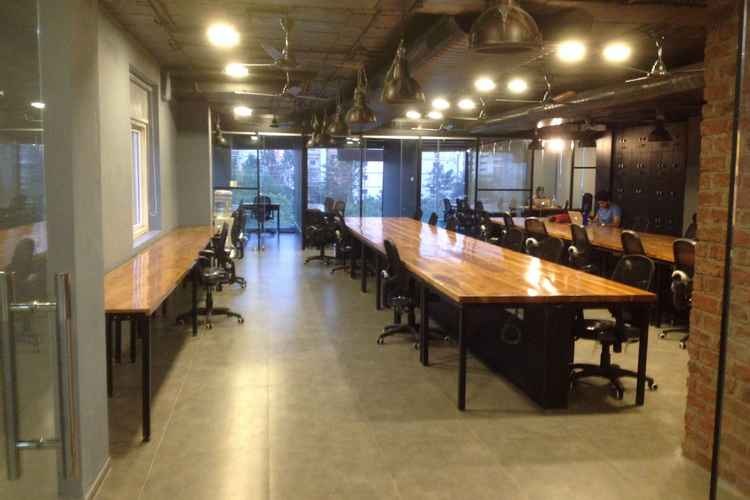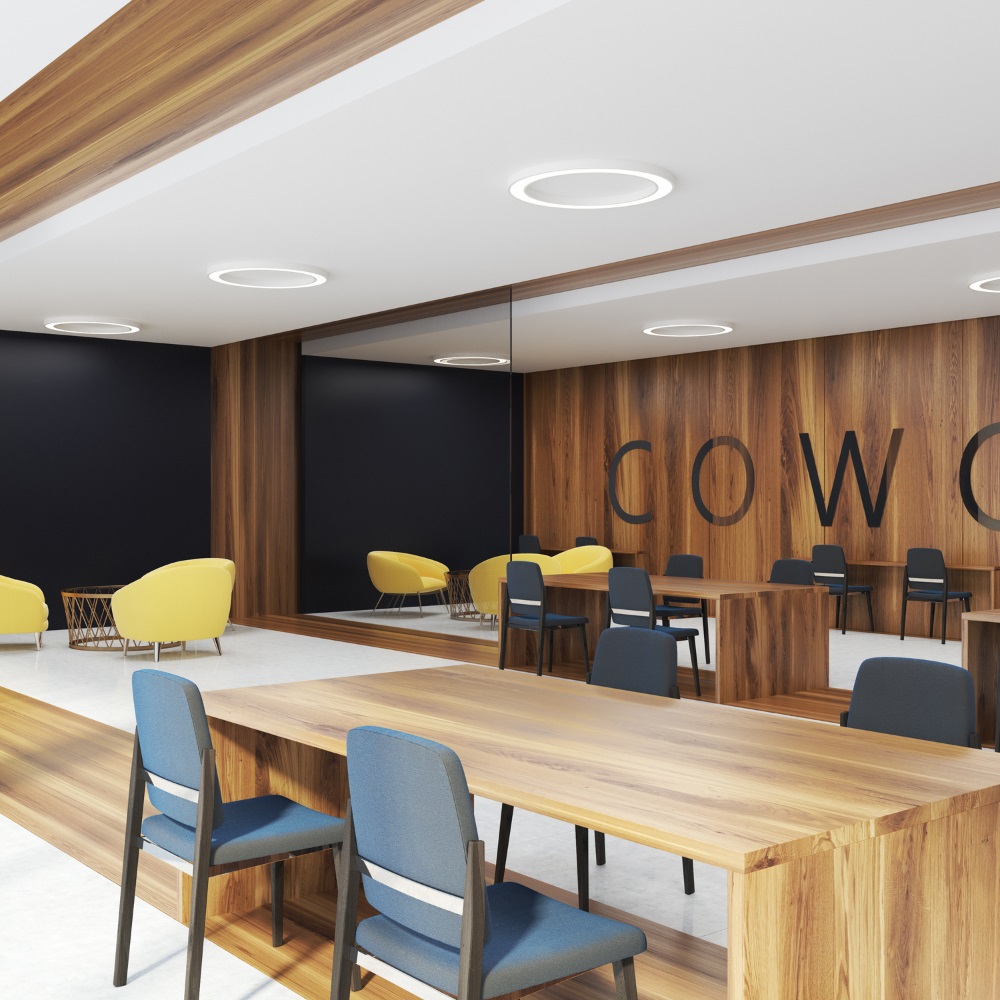
Incorporating Biophilic Design in Modern Workspaces for Enhanced Productivity
Biophilic design, a concept that integrates nature and natural elements into the built environment, has gained significant attention in recent years. As workplaces become more focused on employee well-being and productivity, incorporating biophilic design principles can provide numerous benefits.

What is Biophilic Design?
Biophilic design is an innovative approach to architecture and interior design that aims to reconnect people with nature. It recognizes the innate human need to be connected with the natural world and leverages this connection to enhance well-being and productivity.
Biophilic design principles involve incorporating natural elements, such as plants, natural light, water features, and organic materials, into the workspace. These elements can be introduced through the use of large windows, green walls, indoor plants, natural textures, and colors inspired by nature.
Benefits of Biophilic Design in Workspaces
The integration of biophilic design in modern workspaces offers several benefits:
- Improved well-being: Exposure to natural elements has been shown to reduce stress levels, boost mood, and increase overall well-being. Biophilic design can help create a more positive and calming work environment.
- Increased productivity: Studies have found that incorporating biophilic elements in the workplace can enhance cognitive function, improve focus, and increase productivity. Employees in biophilic workspaces tend to have higher job satisfaction and lower absenteeism rates.
- Enhanced creativity: Nature has a profound impact on creativity. Introducing biophilic elements can stimulate innovative thinking and problem-solving abilities, leading to more creative and inspired work.
- Better air quality: Indoor plants, a common element in biophilic design, can help improve air quality by filtering pollutants and increasing oxygen levels. This can result in a healthier and more comfortable work environment.
- Improved collaboration: Biophilic design can create spaces that encourage collaboration and social interaction. Natural elements can help reduce social barriers and create a sense of community among employees.
Implementing Biophilic Design in the Workspace
Integrating biophilic design principles in modern workspaces does not necessarily require a complete overhaul. Here are some practical ways to incorporate biophilic elements:
- Add indoor plants strategically throughout the workspace. Choose plants that are low maintenance and can thrive indoors.
- Maximize natural light by removing obstacles and using light-colored furniture and reflective surfaces to enhance its distribution.
- Introduce natural materials, such as wood or stone, in furniture, flooring, and wall coverings.
- Create green walls or vertical gardens to bring nature indoors.
- Design communal areas with nature-inspired colors and textures to foster collaboration and relaxation.
In conclusion, incorporating biophilic design in modern workspaces offers numerous benefits for both employees and organizations. By reconnecting individuals with nature, biophilic design can improve well-being, boost productivity, and enhance creativity. Implementing biophilic elements does not have to be a complex process, and even small changes can make a significant impact on the overall work environment.




